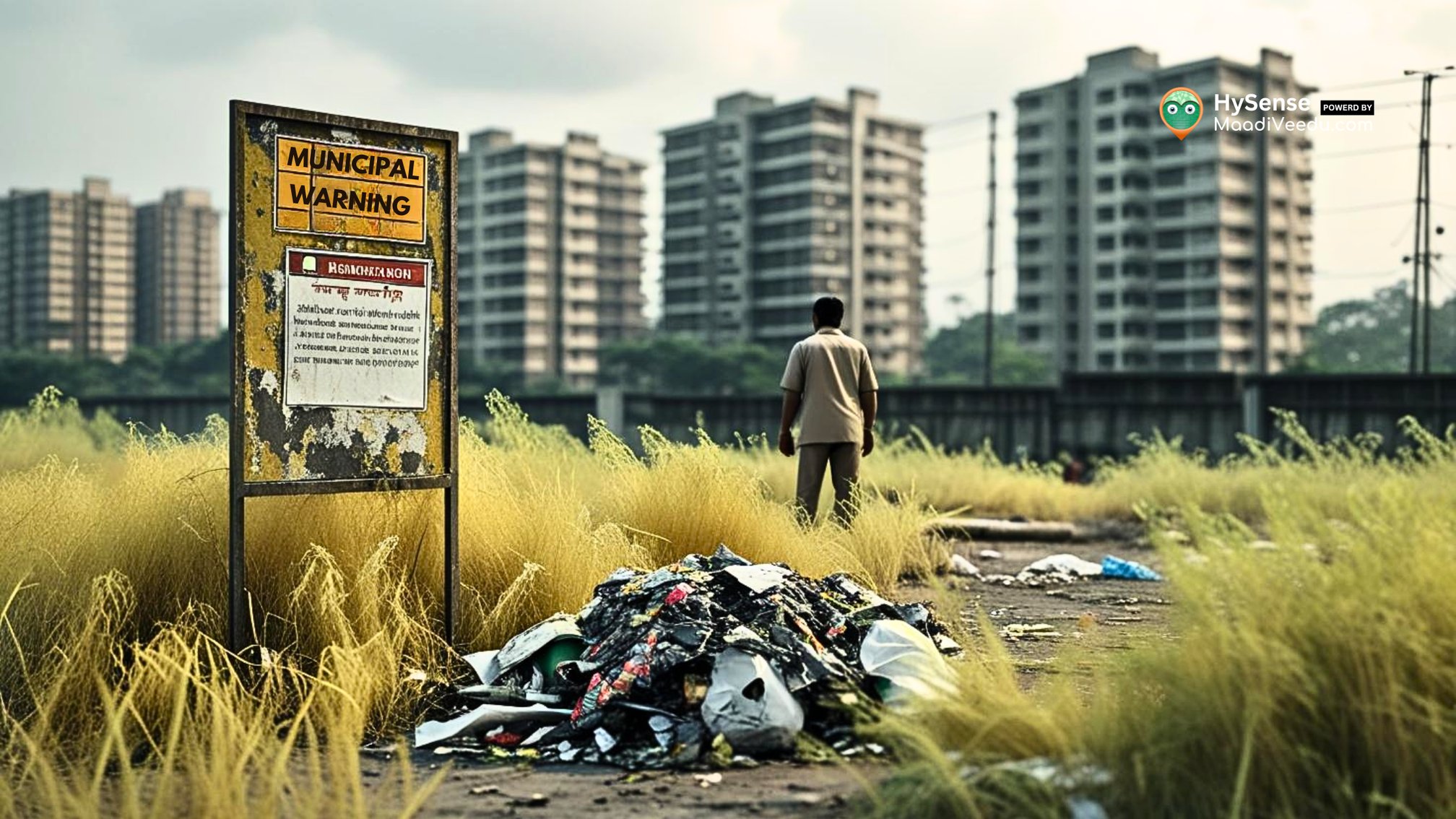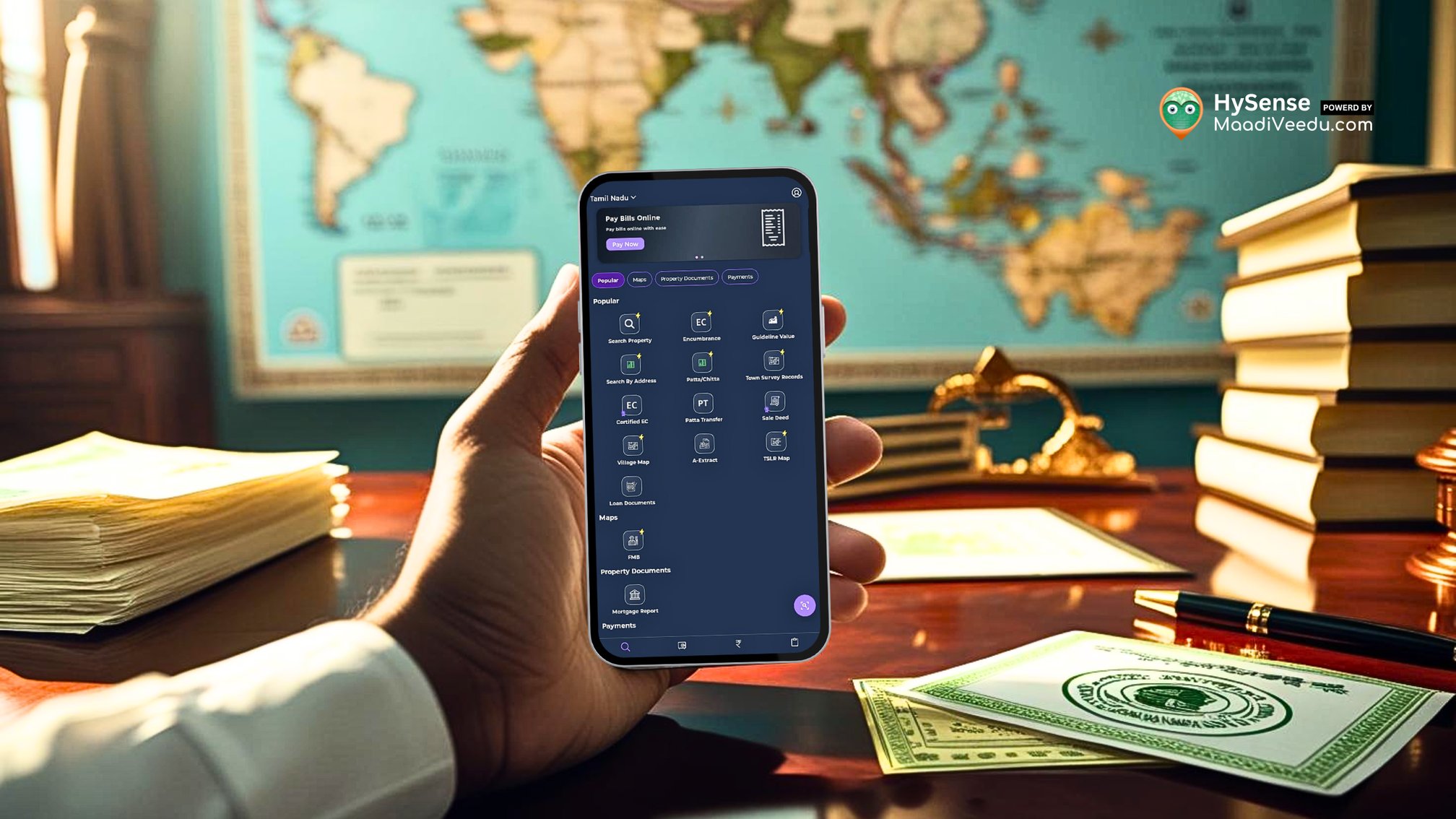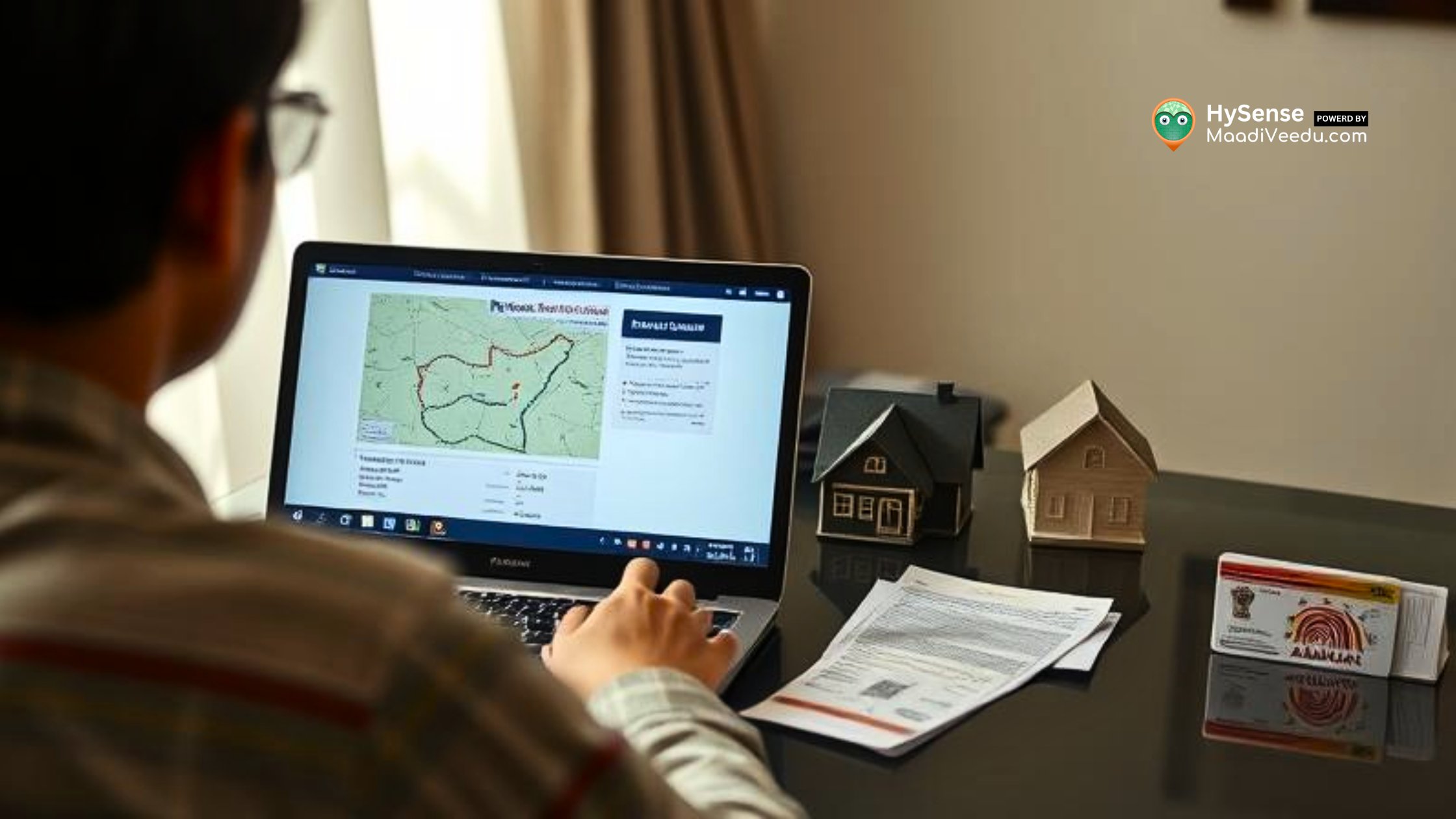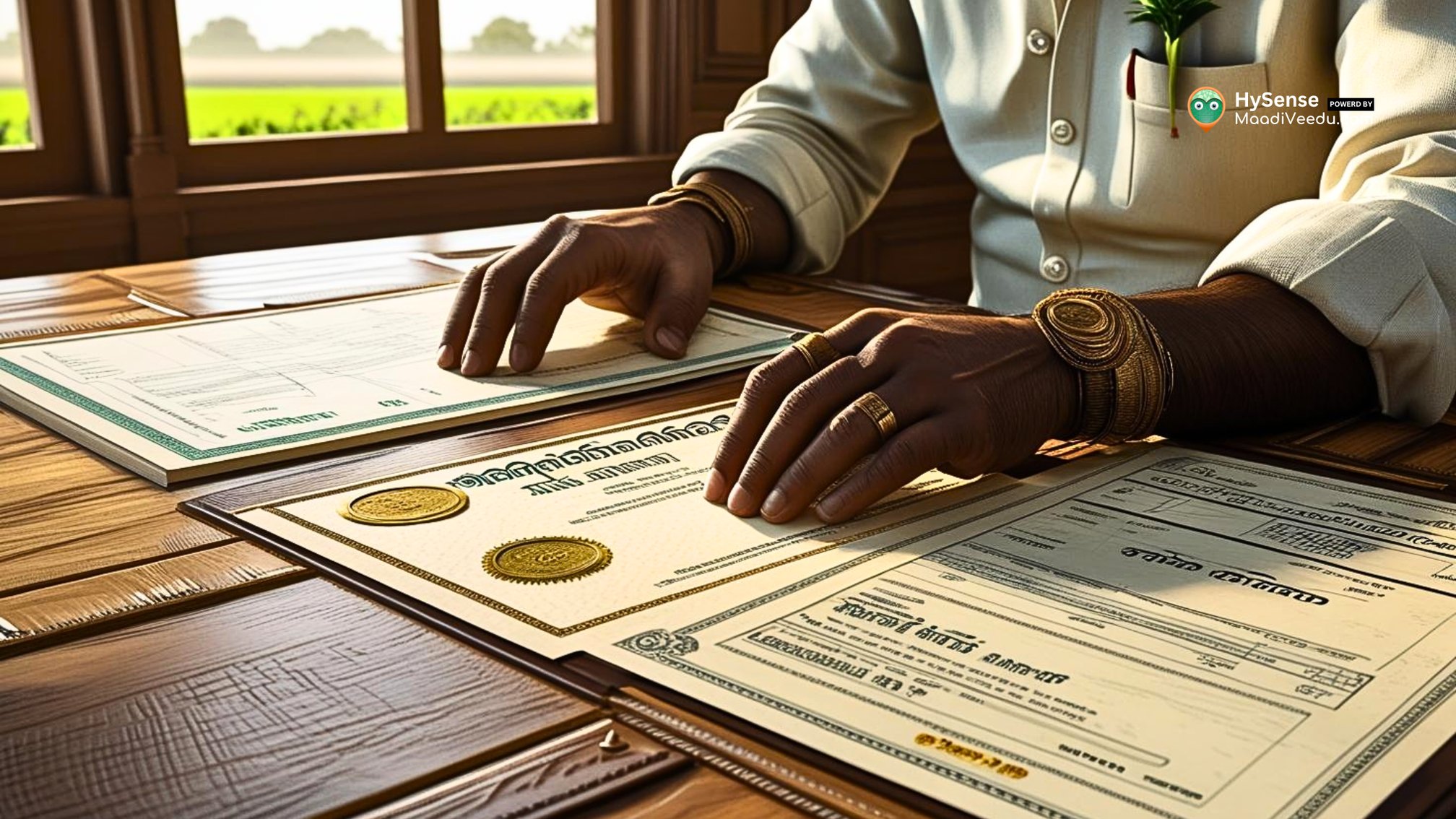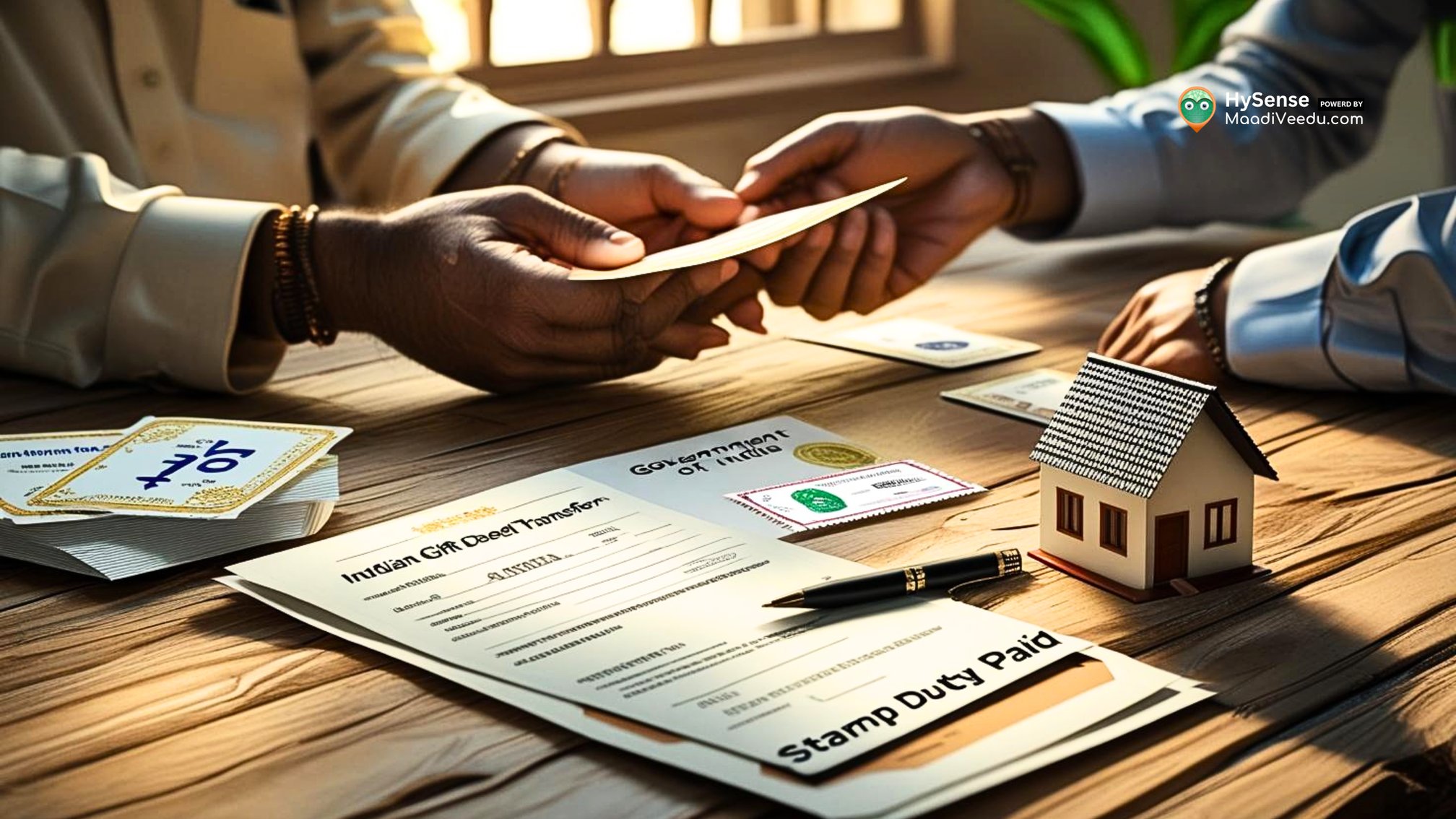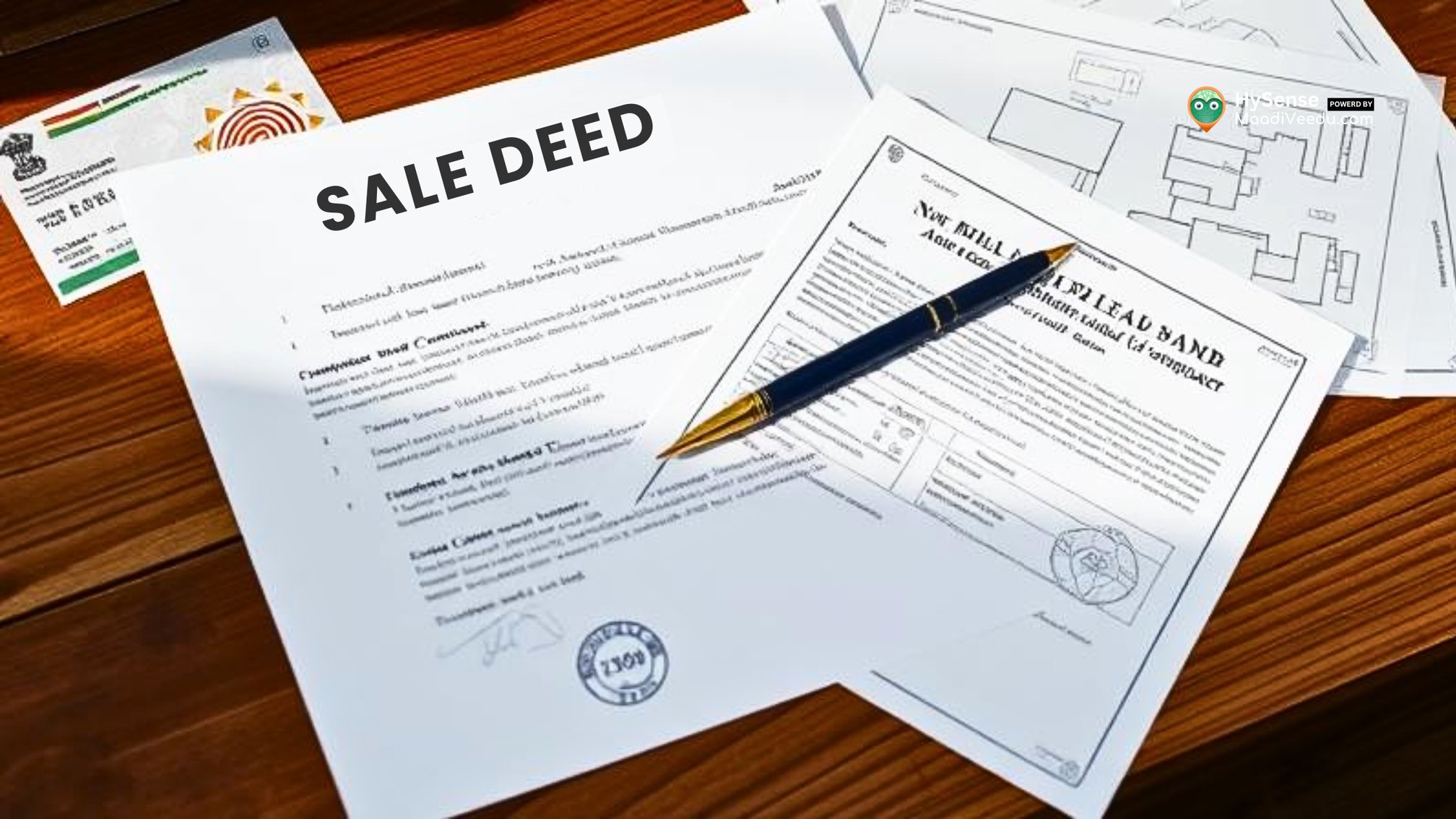Designing Your Dream Villa: 7 Essential Tips for the Perfect Home
Designing your dream villa? Discover 7 essential tips for creating a stylish, functional, and personalized home that suits your needs and future plans.
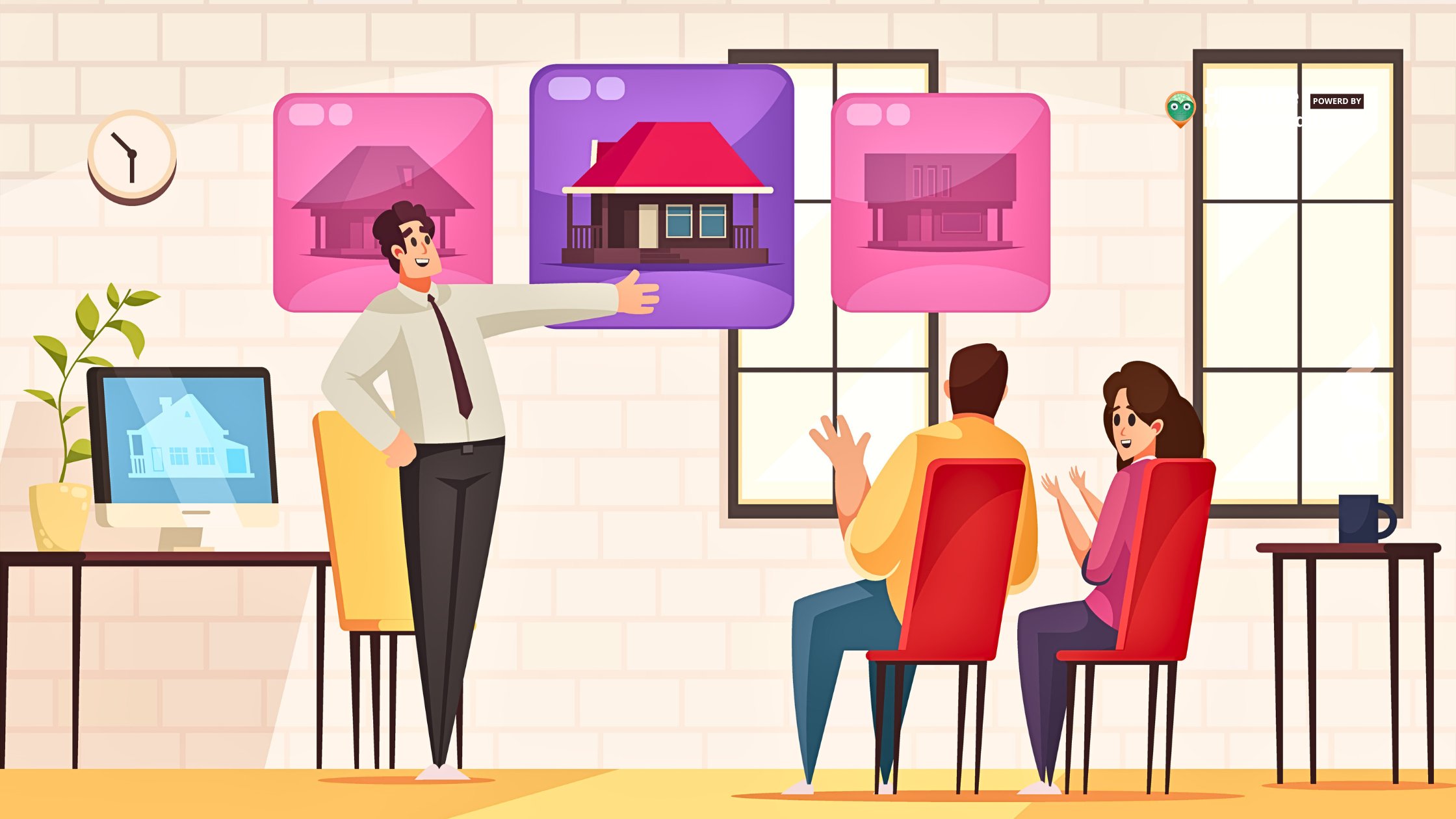
Table of Contents
Designing a villa is an exciting and rewarding experience. It’s more than just picking out furniture and paint colors—it’s about creating a space where you can truly feel at home. This guide will help you through the process of designing a villa that suits your taste and needs, whether you're building from scratch or renovating an existing space. With these 7 essential tips, you'll be on your way to turning your dream home into a reality.
1. Clarify Your Vision for the Villa
The first step in designing your villa is to clearly define what you want the space to be. Take some time to think about how you want your villa to look and feel. Are you drawn to a sleek, modern design with clean lines and minimalist details? Or do you prefer a more traditional and luxurious style, with intricate details and rich finishes? Knowing what you want from the start will help guide all your decisions.
Creating a Vision Board
One of the most effective ways to clarify your ideas is by creating a vision board. A vision board is a collection of images, colors, materials, and even textures that inspire you. You can gather pictures from magazines, websites, or Pinterest, and pin them all together on a physical or digital board. This visual tool helps you understand your preferences and serves as a reference throughout the entire design process.
A Balanced Villa Layout: Function Meets Beauty
While it's tempting to focus on how your villa will look, the layout is just as important. A well-planned layout ensures that the space is not only beautiful but also functional and comfortable for everyday living. Think about the flow of the rooms—how will people move through the space? The layout should accommodate both your personal lifestyle and the activities you enjoy, whether it’s hosting family gatherings, working from home, or simply relaxing in comfort.
2. Design the Ideal Floor Plan
A good floor plan is the foundation of a well-designed villa. Your floor plan should reflect your style but also take into consideration the practical needs of your family or guests.
Open-Concept Living Areas
Open-plan layouts are very popular in modern villas, as they create a spacious and airy feeling. By removing walls between the living room, dining area, and kitchen, you create a seamless flow between these spaces. This layout is perfect for those who love entertaining, as it allows for easy communication and movement between rooms. An open-plan living area also makes your home feel larger, even if it’s on the smaller side.
Private Retreats
While open spaces are important, privacy is also key. Consider the placement of bedrooms and bathrooms in quieter, more secluded areas of the villa. This separation between public and private areas ensures that your home feels balanced, with private retreats for rest and relaxation, away from the bustle of everyday living.
3. Let Natural Light and Views Shine
One of the best features of a villa is the opportunity to take advantage of natural light and the views around you. Large windows and glass doors can help bring the outdoors in, making your villa feel open and connected to nature.
Creating Bright and Airy Interiors
Position your main living areas to face the most beautiful views, whether it’s a garden, a pool, or a stunning landscape. Use large windows or even glass walls that invite light into the space. You can also use mirrors, white walls, and light-colored flooring to bounce light around the room and create an airy, bright atmosphere. If your villa has outdoor areas, consider how these can flow seamlessly into your living spaces to expand the sense of openness.
Choosing the Right Window Treatments
Window treatments don’t just add style—they’re also practical. Select blinds, curtains, or shades that match the villa’s design but also provide the flexibility you need to control light and privacy. Sheer curtains can allow light to filter through gently, while thicker drapes might be needed for evenings or colder weather. You can also use shutters or blinds to adjust the amount of sunlight entering the room throughout the day.
4. Select the Best Materials
The materials you use in your villa play a big role in both its beauty and its functionality. From flooring to countertops, the materials you choose will affect the overall look, feel, and durability of the space.
Sustainable Materials for a Modern Touch
Eco-friendly materials are becoming increasingly popular in villa design. These materials, such as bamboo, reclaimed wood, and recycled glass, help reduce environmental impact while adding unique textures and character to your home. Sustainable materials can bring warmth and a natural feel to your villa, creating a comfortable and stylish atmosphere. They also add value to your home by showing a commitment to sustainability, which is a feature many buyers appreciate if you ever decide to sell.
Consistency in Material Choices
For a harmonious and elegant look, it’s important to maintain a consistent theme in the materials you use throughout your villa. Mixing too many different finishes or materials can make a space feel chaotic or disconnected. Instead, choose a few key materials—such as a specific type of wood, stone, or tile—and carry them through multiple areas of your villa. This will create a cohesive flow and help tie everything together.
5. Integrate Smart Home Features
As technology continues to evolve, so do the ways we live in our homes. Smart home technology can help make your villa more efficient, secure, and comfortable.
Incorporating Technology into the Design
Think about the ways smart devices can improve your day-to-day living. You might want to install automated lighting systems that adjust based on the time of day or motion sensors that control your lights. Climate control systems can help keep your villa comfortable year-round, while security systems like cameras or smart locks can give you peace of mind. These systems can be integrated into the design without being obvious, so they won't disrupt the villa's aesthetic.
Hidden Technology for a Seamless Look
To keep the technology in your villa from clashing with your design, opt for discreet solutions. For example, you can install built-in speakers or mount smart controls directly into walls or furniture. This way, you’ll have the convenience of modern technology without the visual clutter of wires or bulky devices.
6. Add Personal Touches
A villa is a reflection of who you are, so be sure to infuse your personality into the design. Personal touches make the space feel truly yours and create a sense of comfort and belonging.
Custom Art and Decor
One of the easiest ways to personalize your villa is through artwork and decor. Whether it's a painting that speaks to you, a sculpture, or family photographs, these pieces will help tell your story and make the space feel like home. You can also add custom features, like a hand-built bookshelf or a one-of-a-kind dining table, to make your villa truly unique.
Play with Color and Texture
Color and texture are powerful tools in interior design. The colors you choose can influence the mood of a room—calming blues and greens for bedrooms, or energizing reds and yellows for living areas. Texture adds depth and interest to a room, from soft fabrics like velvet to rugged materials like stone or metal. Mixing these elements thoughtfully will bring personality and warmth to your villa.
7. Plan for the Future
When designing your villa, it's important to consider how your needs might change over time. Planning for the future ensures your villa remains functional and comfortable for years to come.
Create Adaptable Spaces
Flexibility is key when designing a villa that will stand the test of time. Think about how certain rooms can be adapted to suit future needs. A guest room might one day become a home office, or a playroom might evolve into a study area as your children grow older. By designing spaces that can easily be re-purposed, you’ll ensure that your villa can adapt as your lifestyle changes.
Think Long-Term: Maintenance and Efficiency
Choose durable materials and energy-efficient systems that will help your villa remain in top condition over the years. For example, installing solar panels or energy-efficient windows can reduce long-term costs and make your villa more environmentally friendly. Similarly, opting for low-maintenance materials will save you time and money on upkeep.
Conclusion
Designing your dream villa is an exciting adventure, filled with endless possibilities. With these seven tips, you can create a space that is not only beautiful but also perfectly suited to your lifestyle. Take your time, plan carefully, and enjoy the process of making your dream home a reality. By incorporating thoughtful design choices, modern technology, and personal touches, your villa will be a place that truly feels like home for many years to come.
Stay inspired and get more design ideas by following our journey for the latest updates and creative villa inspirations

